The 10 best trees you'll find in Britain, from Alder to Scots Pine
John Lewis-Stempel picks out his ten favourite British trees.
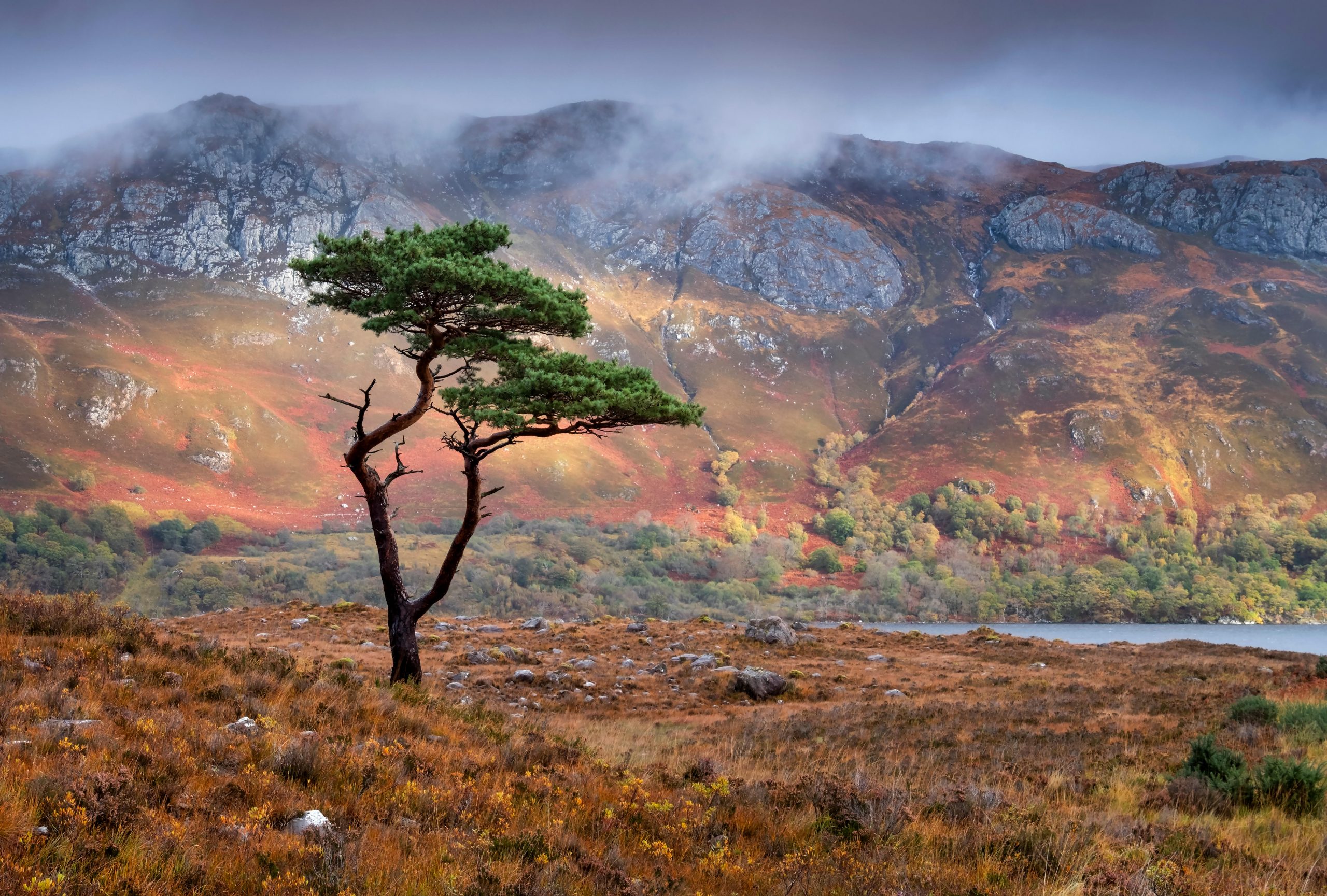

To celebrate our 125th anniversary next year, Country Life has launched a Trees for Tomorrow campaign which will see us plant thousands of trees. Find out more and get involved at www.countrylife.co.uk/trees-for-tomorrow.
Oak
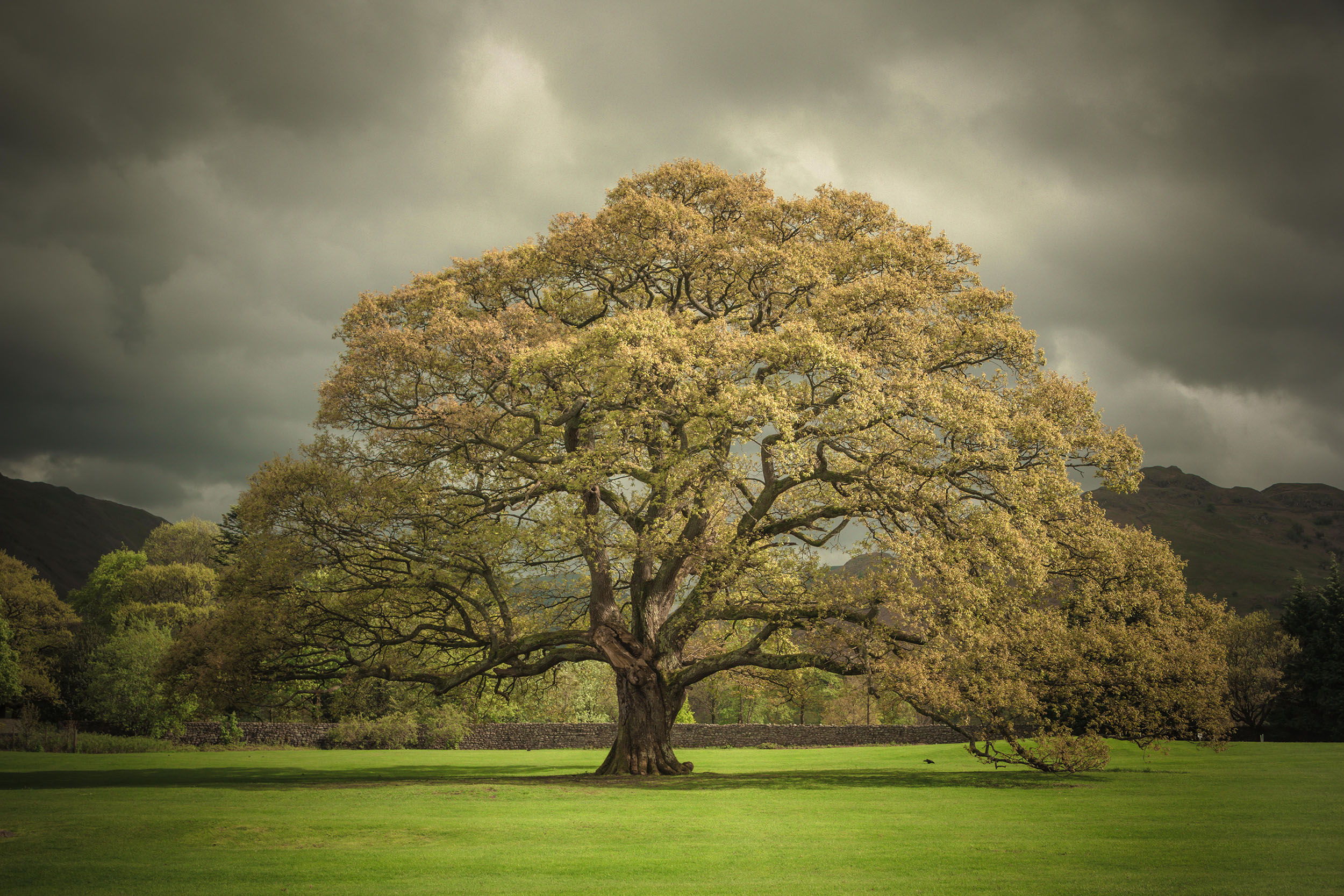
Quercus robur (pendunculate or English oak); Quercus petraea (sessile oak) The quintessential and commonest British tree, the source of good British things, from acorns for fattening swine to the timbers of Nelson’s navy. Q. petraea thrives better on uplands. Some veteran oaks witnessed the arrival of the Vikings; such trees are nature reserves in their own right.
Alder
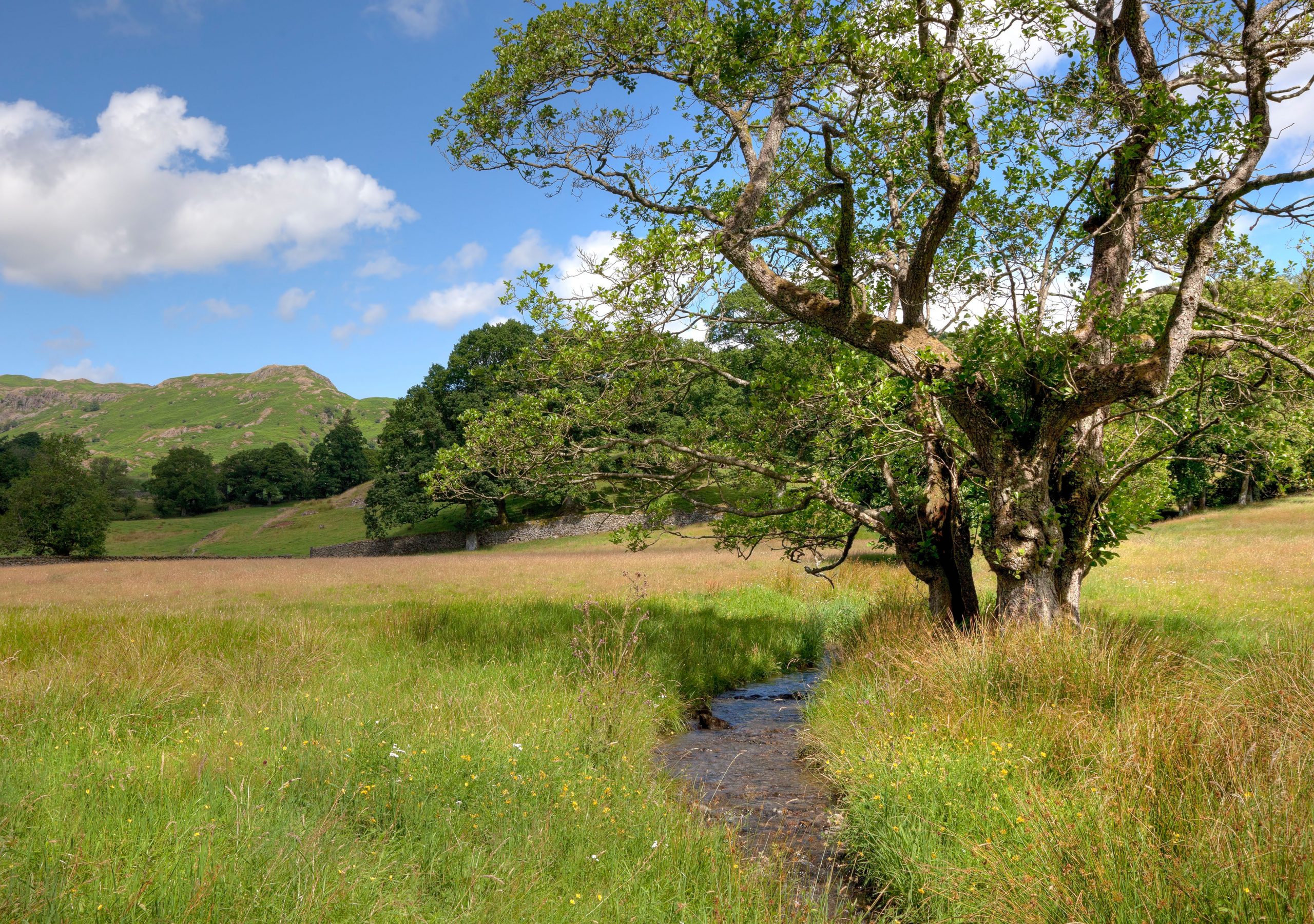
Alnus glutinosa A tree with an elective affinity for watery edges, whether in the Midlands or Midlothian. Also a ‘pioneer’, able to fix nitrogen through root nodules, making it suitable for infertile and brownfield sites.
Beech
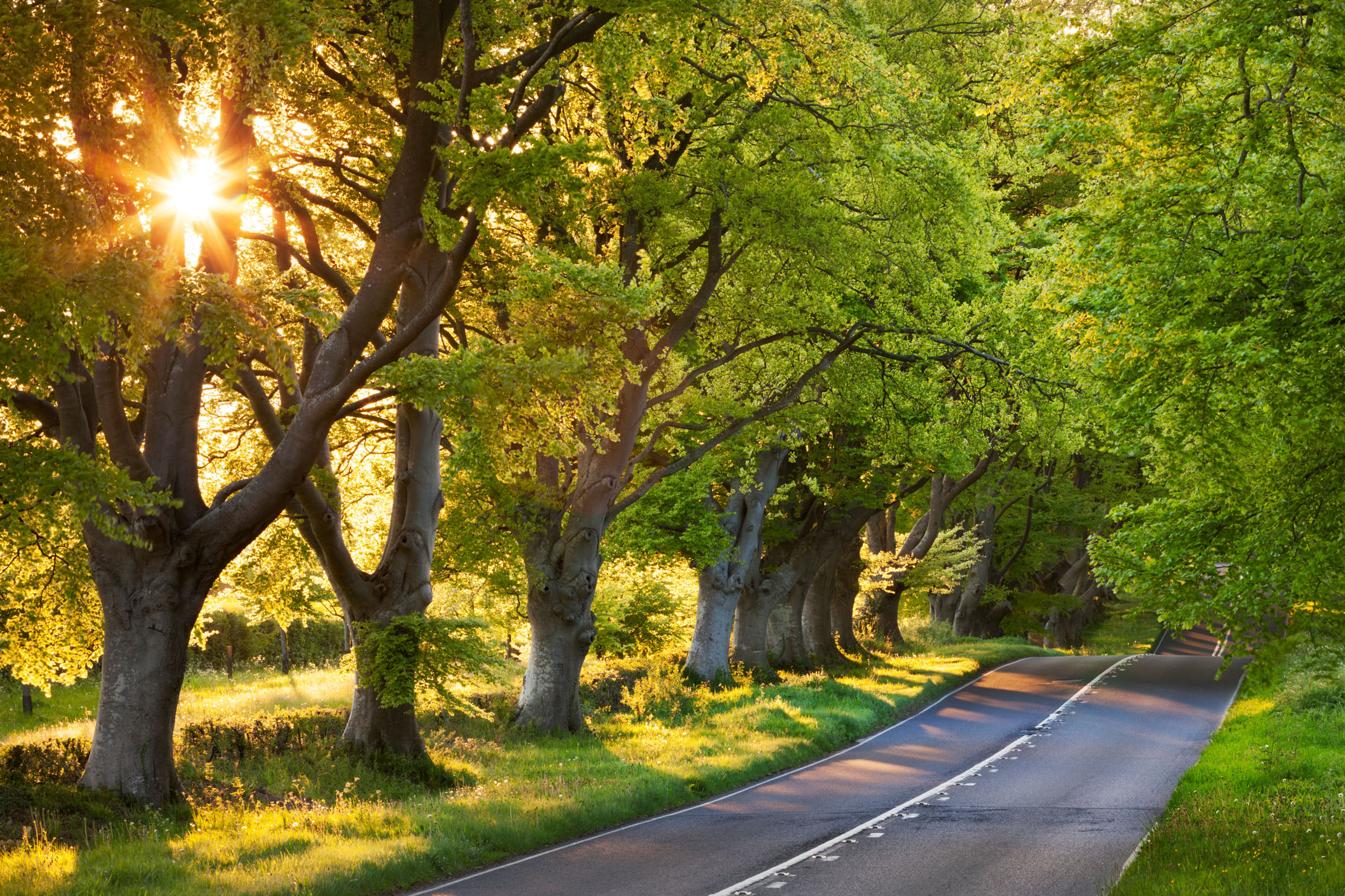
Fagus sylvatica The beech’s true ‘neck of the woods’ is warm southern England, but, today, it is naturalised throughout Britain. With bark as smooth as stone, the beech’s trunks inspired the pillars of our great Gothic cathedrals; the tree’s heavy foliage makes for a sacred dark stillness outdoors.
Rowan

Sorbus aucuparia The alternative epithet ‘mountain ash’ is all the clue needed for rowan’s head for heights; it can grow at 3,000ft. Rowan, from the Gaelic for ‘the red one’, refers to its bunches of scarlet berries, beloved of birds.
Lime
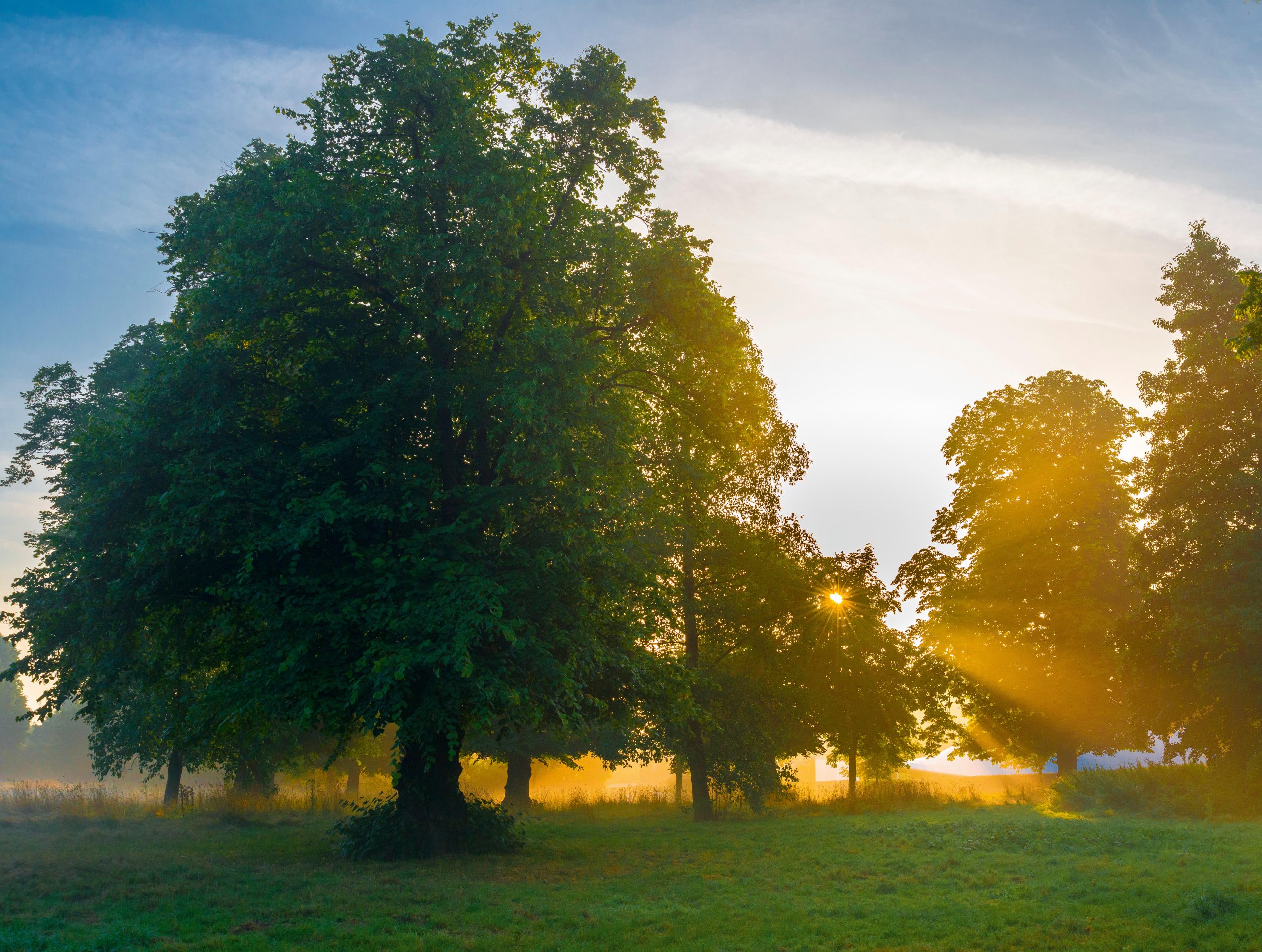
Tilia platyphyllos (broad-leaved lime); Tilia cordata (small-leaved lime) Now rare, the indigenous limes once covered Britain from shining sea to sea — and how sweet the land must have smelt. Apart from the fragrance of its flowers, the aphids that feed on lime’s pleasing mid-green leaves secrete sweet, sugary honey-dew. A stately addition to locations from city street to country estate.
Spindle
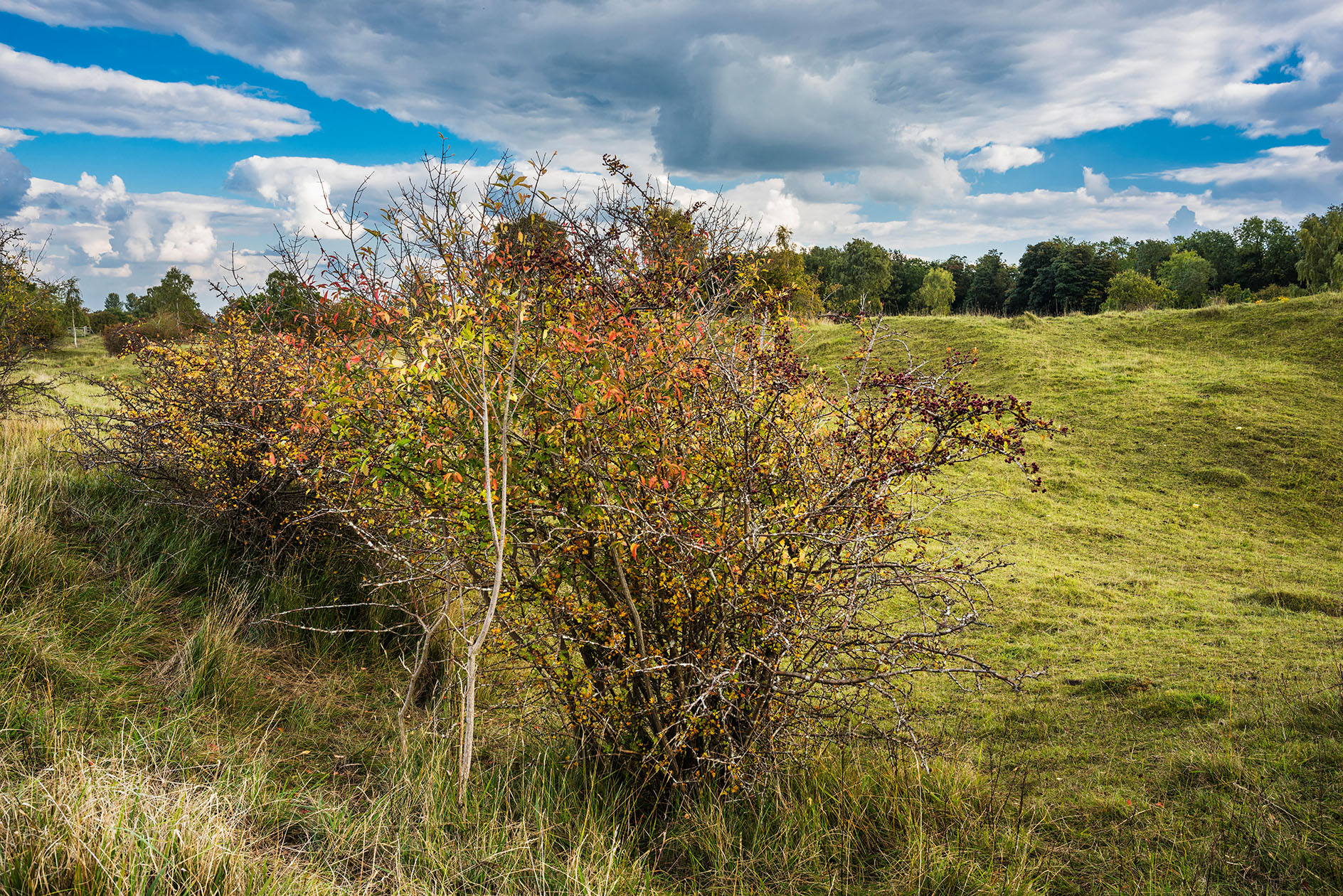
Euonymus europaeus Almost literally overlooked — this species seldom grows more than 15ft tall — spindle’s pink, four-lobed berries are surely the most flamboyant of any native tree. For thousands of years, spindle was the wood of weaving sticks. It is determinedly keen on dry calciferous soils.
Sign up for the Country Life Newsletter
Exquisite houses, the beauty of Nature, and how to get the most from your life, straight to your inbox.
Eucalyptus
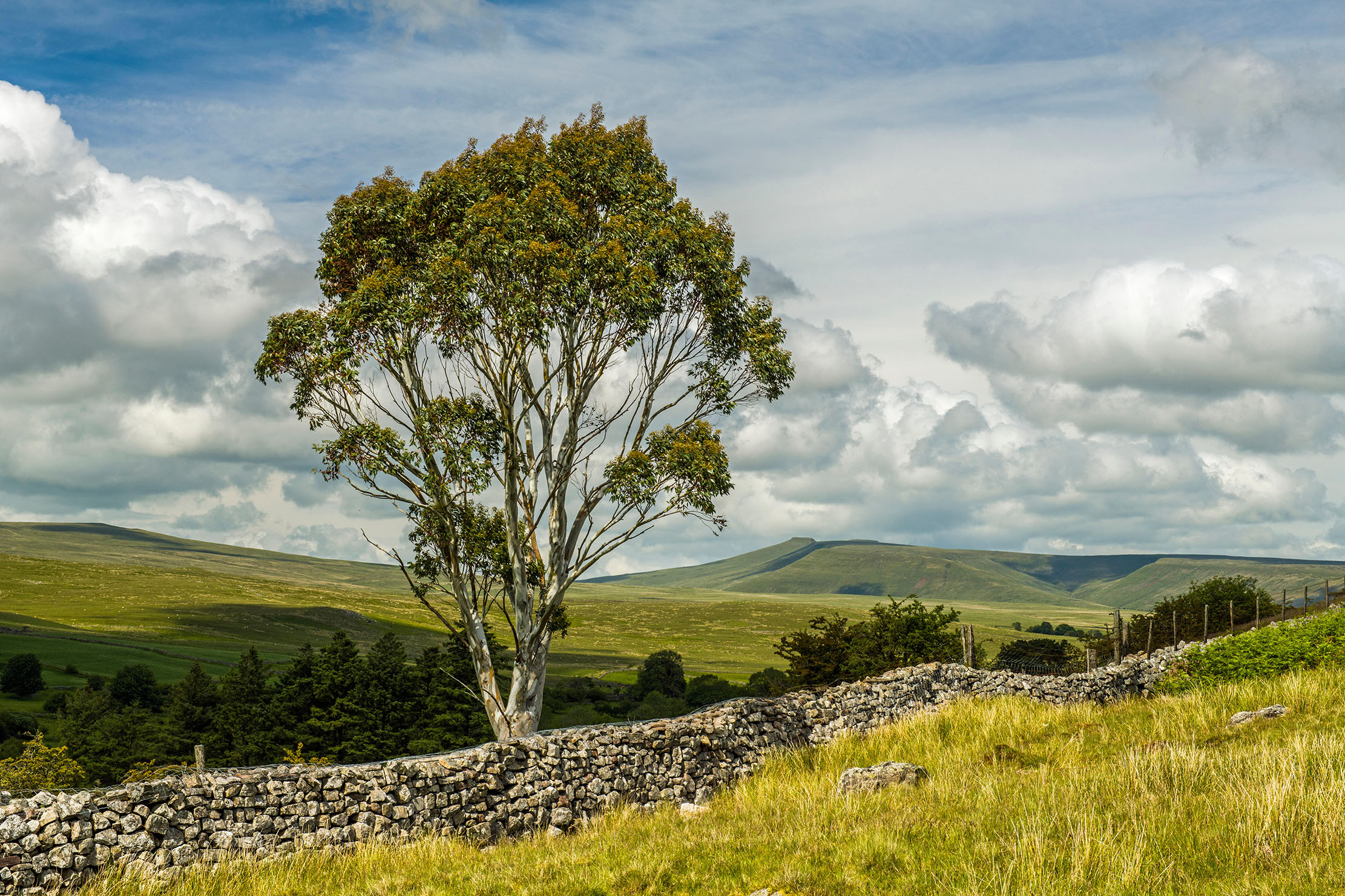
Eucalyptus spp This Australian evergreen import is tipped as a plant of woodland expansion in a warming climate. At the very least, its leaves provide decongestant. It’s capable of a growth rate to rival Jack’s beanstalk.
Scots pine

Pinus sylvestris No, not deciduous, but an esteemed protective ‘nurse’ species for other trees, not to mention red squirrels. This archetypal Highlands tree is equally content on the healthy, sandy soils of southern England.
Sweet chestnut
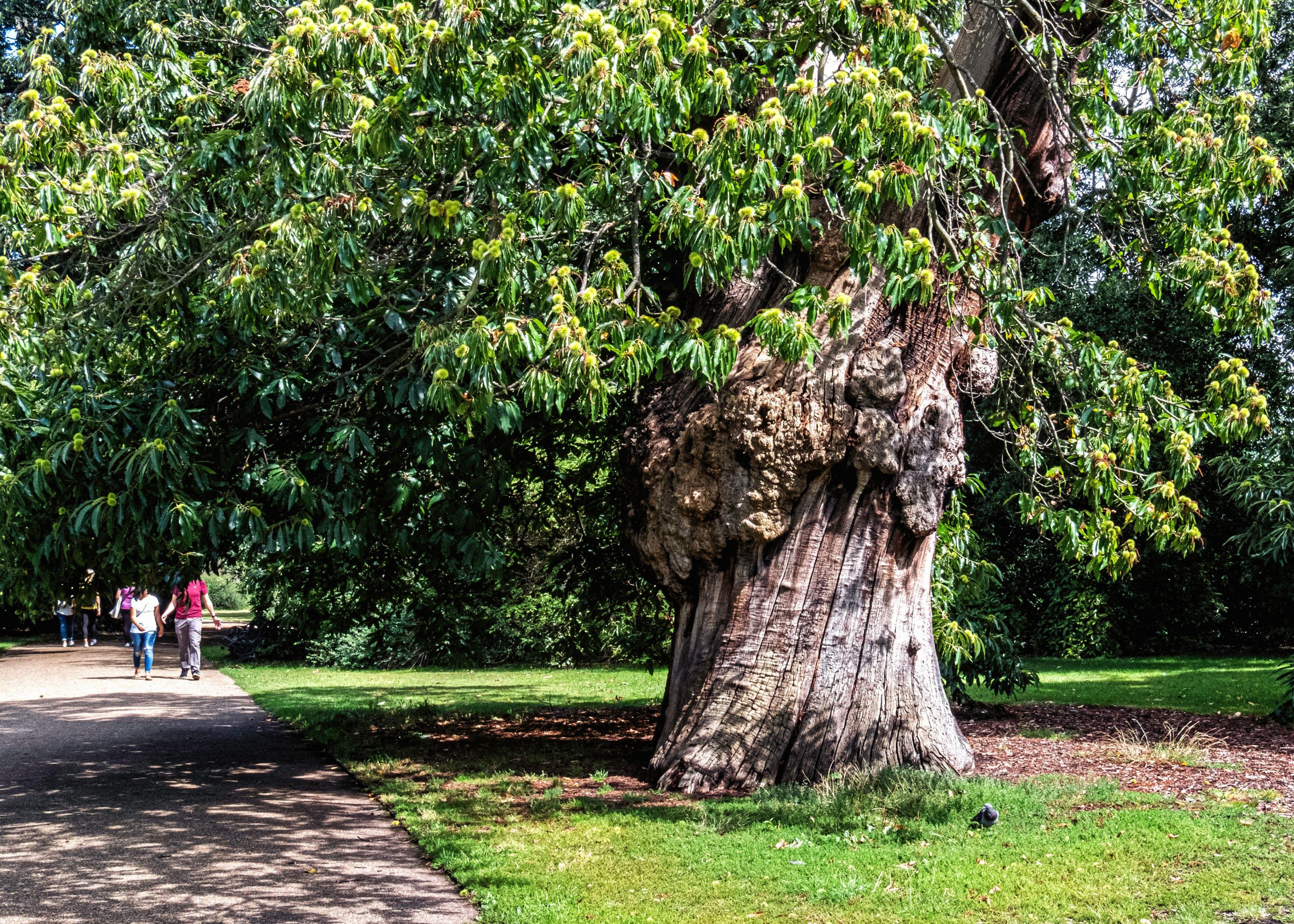
Castanea sativa A Roman introduction for villa gardens and garrison towns, pollenta made from the brown, shiny nuts being a staple of Latin recipes. When coppiced, sweet chestnut provides areas of high conservation value. Hotter summers promise a revival of this Mediterranean native.
Aspen
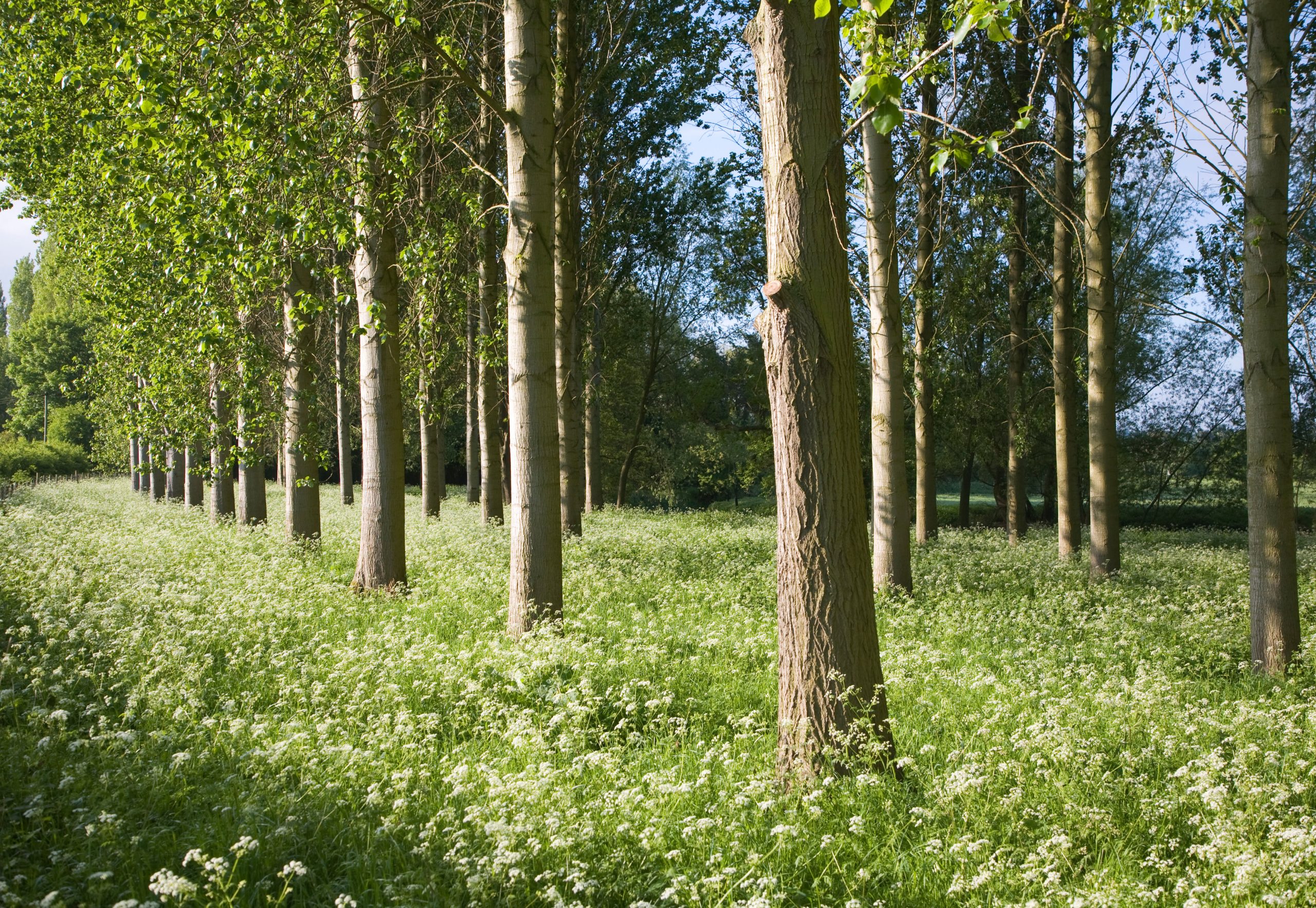
Populus tremula Valuable for wildlife — a food plant for many moth species — and capable of prosper-ing on heavy clay. The flattened stalk of the leaf causes it to ‘quake’ in the slightest zephyr, hence tremula in the species’ scientific name. Edward Thomas honoured the tree in his poem Aspens.
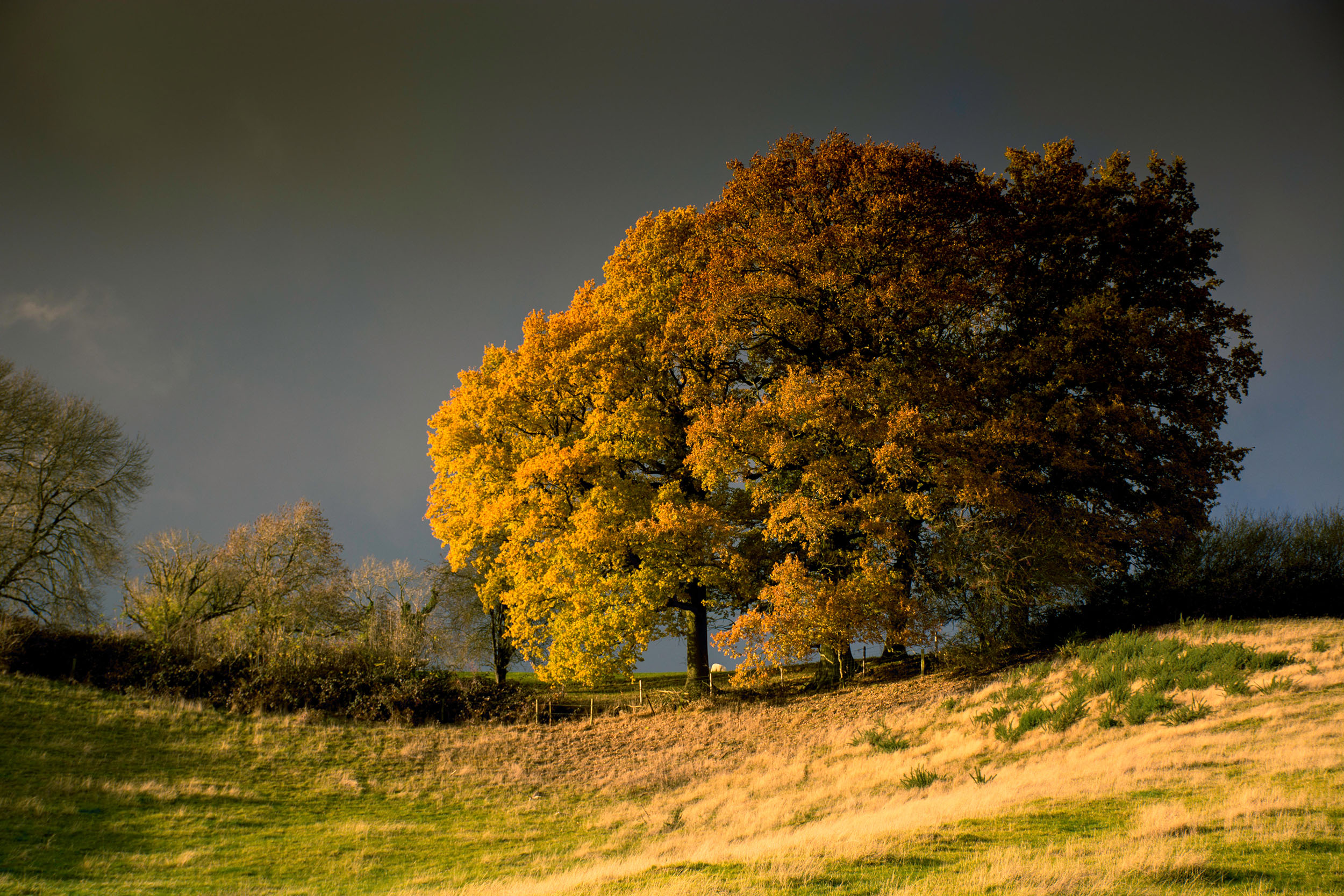
Credit: Alamy
Trees For Tomorrow: Join Country Life as we plant thousands of trees
To celebrate the 125th anniversary of Country Life’s launch in 1897, we have joined forces with Charles Stanley Wealth Managers
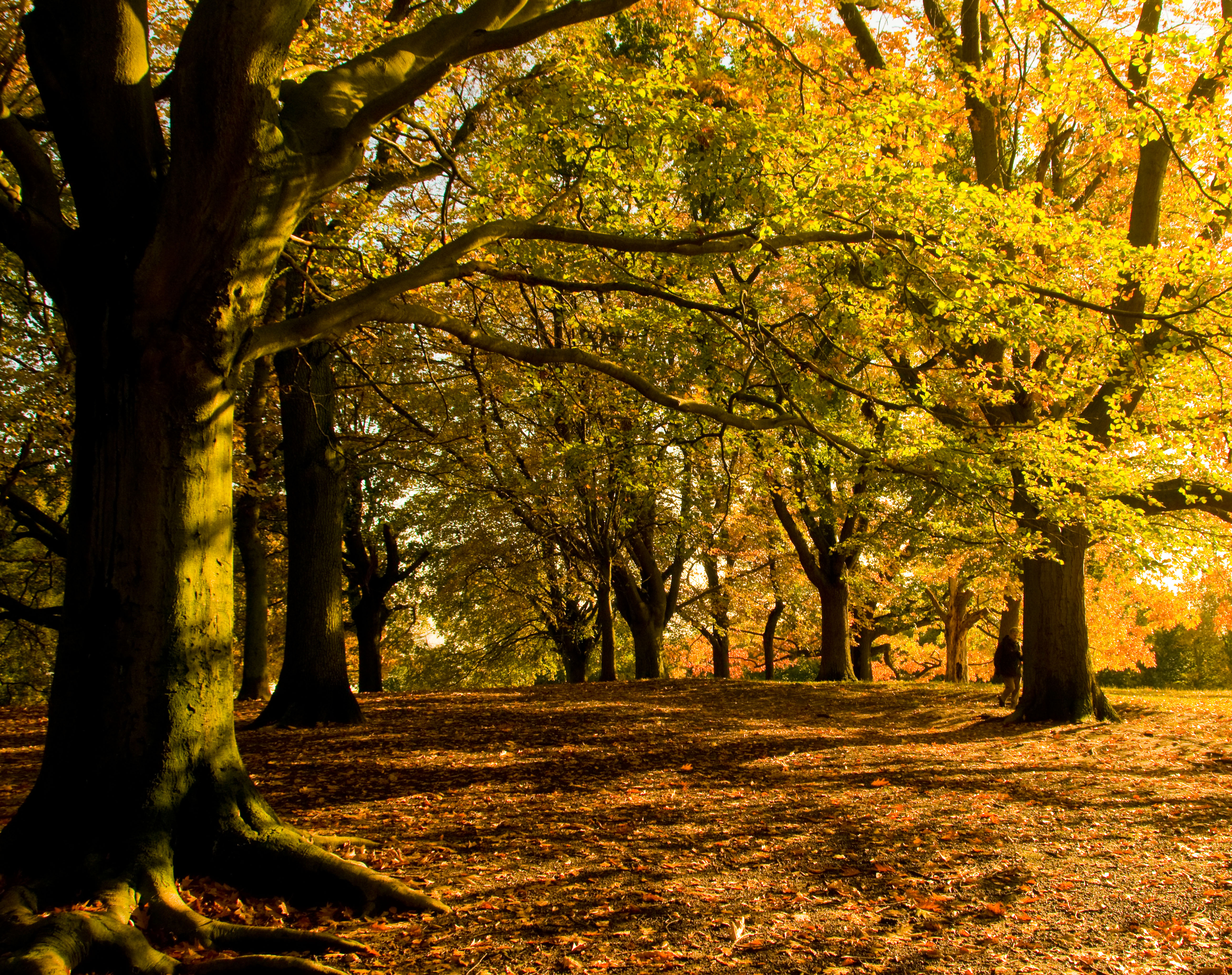
'Trees remind us of our insignificance, our transience, and the necessity of wonder'
As Country Life launches its Trees for Tomorrow campaign, to mark the magazine’s 125th anniversary, John Lewis-Stempel reflects on why
-
 Designer's Room: A solid oak French kitchen that's been cleverly engineered to last
Designer's Room: A solid oak French kitchen that's been cleverly engineered to lastKitchen and joinery specialist Artichoke had several clever tricks to deal with the fact that natural wood expands and contracts.
By Amelia Thorpe
-
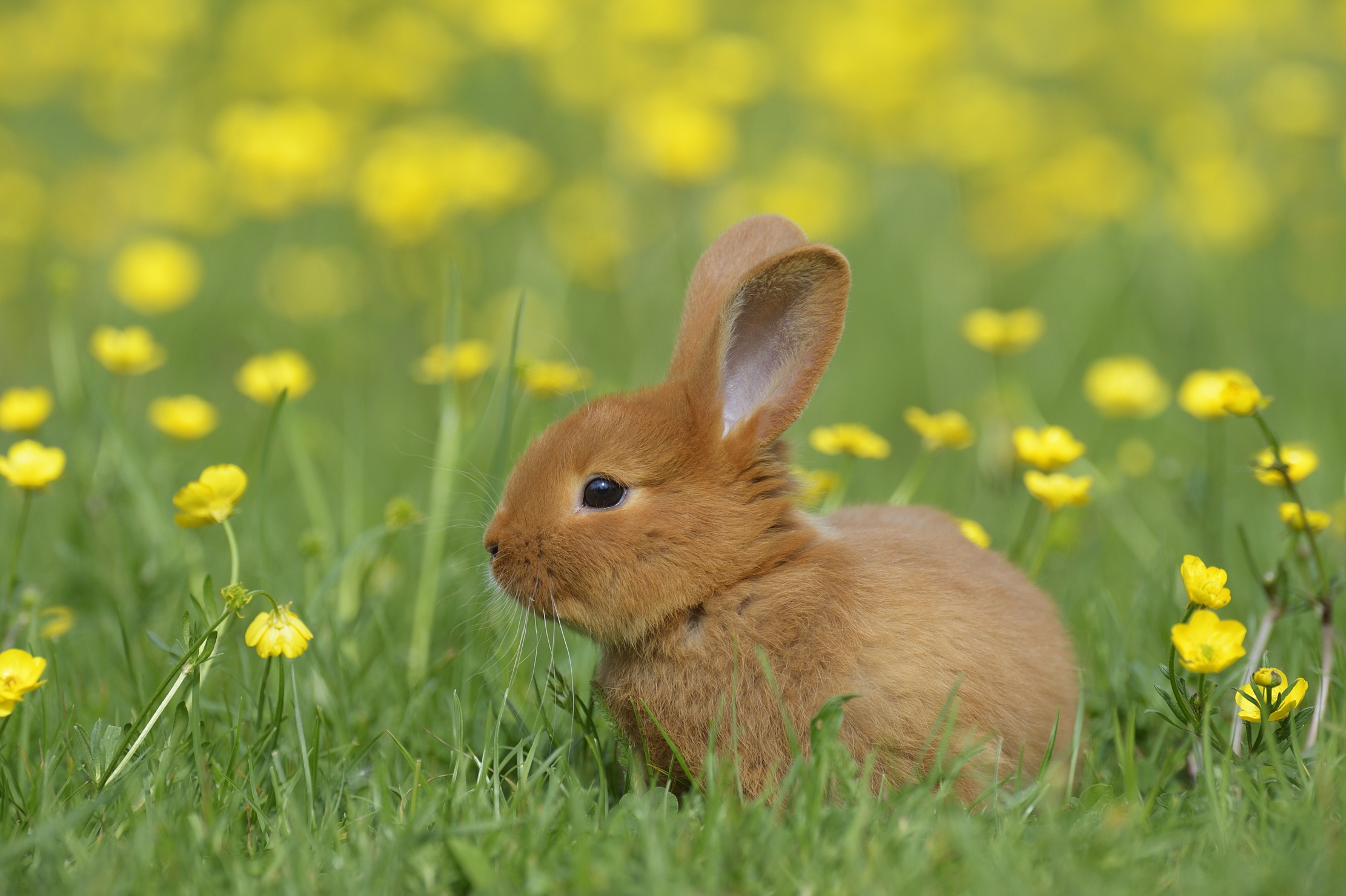 Chocolate eggs, bunnies and the Resurrection: Country Life Quiz of the Day, April 18, 2025
Chocolate eggs, bunnies and the Resurrection: Country Life Quiz of the Day, April 18, 2025Friday's quiz is an Easter special.
By James Fisher
-
 Trees For Tomorrow: Join Country Life as we plant thousands of trees
Trees For Tomorrow: Join Country Life as we plant thousands of treesTo celebrate the 125th anniversary of Country Life’s launch in 1897, we have joined forces with Charles Stanley Wealth Managers and Forestry England to create the Trees For Tomorrow initiative. Together we aim to plant at least 1897 trees to mark this milestone in our history.
By Charles Stanley Wealth Managers
-
 'Trees remind us of our insignificance, our transience, and the necessity of wonder'
'Trees remind us of our insignificance, our transience, and the necessity of wonder'As Country Life launches its Trees for Tomorrow campaign, to mark the magazine’s 125th anniversary, John Lewis-Stempel reflects on why these gentle giants are the key to our survival.
By John Lewis-Stempel